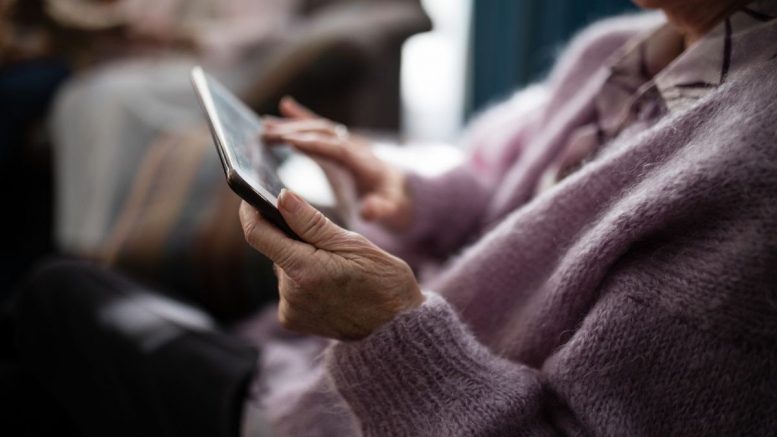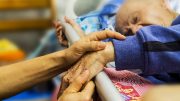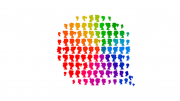New research from health technology company No Isolation has found that there are still barriers in place that prevent elderly people from accessing technology, particularly the use of touchscreen interfaces.
In the last decade there has been an increase in the number of seniors who use touchscreen devices and technology, as a way to help cover their social needs. However, in 2019, there were still 2.8 million people aged 75+, 1.1 million people aged 65-74; and 0.5 million people aged 55-64 in the UK who did not use the internet.
Only 9% of people aged 65-74 made video calls regularly in 2018, with only 7% of people older than 75 doing the same. Over 79% of all digital exclusion was among those aged 65 and over.
Two-fifths (39%) of people aged 50 plus in England say they are using the internet more since the coronavirus outbreak. However, usage has increased most among groups already using the internet regularly and so far, there is little evidence that the pandemic has led to significant numbers of those previously digitally excluded getting online.
The Problems with Touchscreens and the Elderly
It is often believed that the use of touchscreens is one way to reduce this barrier to entry. Touchscreens are considered as natural and easy to use, and therefore they are often used in products designed to assist the elderly. However, the particular way touchscreens work and are used; could mean that thousands of seniors still aren’t able to use them.
It is a common misconception that when a touchscreen doesn’t respond to your finger, it is because your finger isn’t warm enough. But in fact, touchscreens aren’t detecting the heat of your finger, but its ability to conduct electricity. Capacitive touchscreens (almost all screens used by the average user) generate a small electrical field and it is the disturbance in the electrical field, when your finger conducts the electricity from it, that is sensed by the screen.
Certain characteristics of the fingers can reduce the electrical conductivity of the skin, such as calluses or dry skin; as the thick skin of calluses impedes electricity flow, and dry skin lacks the moisture needed for the electricity to travel.
When we age we naturally lose moisture from our skin, as the skin loses some of its ‘lipid’ content – essentially fats in the skin – that are essential in forming a barrier to hold moisture in5. It has been found that we can lose as much as 65% of our skin lipid content over time6. Likewise, as we age, we lose sweat glands5 that can provide vital external moisture when interacting with touchscreens. Dry skin is associated with other skin conditions in the elderly that cause abnormal thickening of the skin.
This issue is common in the elderly: it has been found that, in multiple studies, that 60% of seniors have dry skin. One study even showed that 99.1% of care home residents develop dry skin. It is therefore not surprising that it has been observed in studies that elderly people with dry or wrinkled fingertips have significant difficulty with getting tablets to recognise their touch.
11.8 million people are 65 years or older, therefore, being conservative and applying the 60% statistic, this would suggest that 7.08 million people would have dry skin in the UK alone. One study
has reported that dry skin meant that touchscreens didn’t recognise the touch of 25% of the participants, with another study reporting the same with 28% of the participants. Therefore it is possible that up to 1.98 million people with dry skin find touchscreens difficult to use as a result.
According to the report commissioned by digital health company No Isolation it is not surprising that with these additional health concerns that the elderly experience, they have difficulty in engaging with technology independently.
Their research found that 1.98, 3.07, and 2.95 million people may have difficulties in using touchscreen technology due to dry skin, physical impairments and subjective cognitive decline (SCD) respectively. 30-40% of these people will have both physical impairments and SCD30; accounting for this, we believe that in total 5.6 million unique people over the age of 65 in the UK find touchscreens difficult to use due to health barriers.
Read the full report here.





